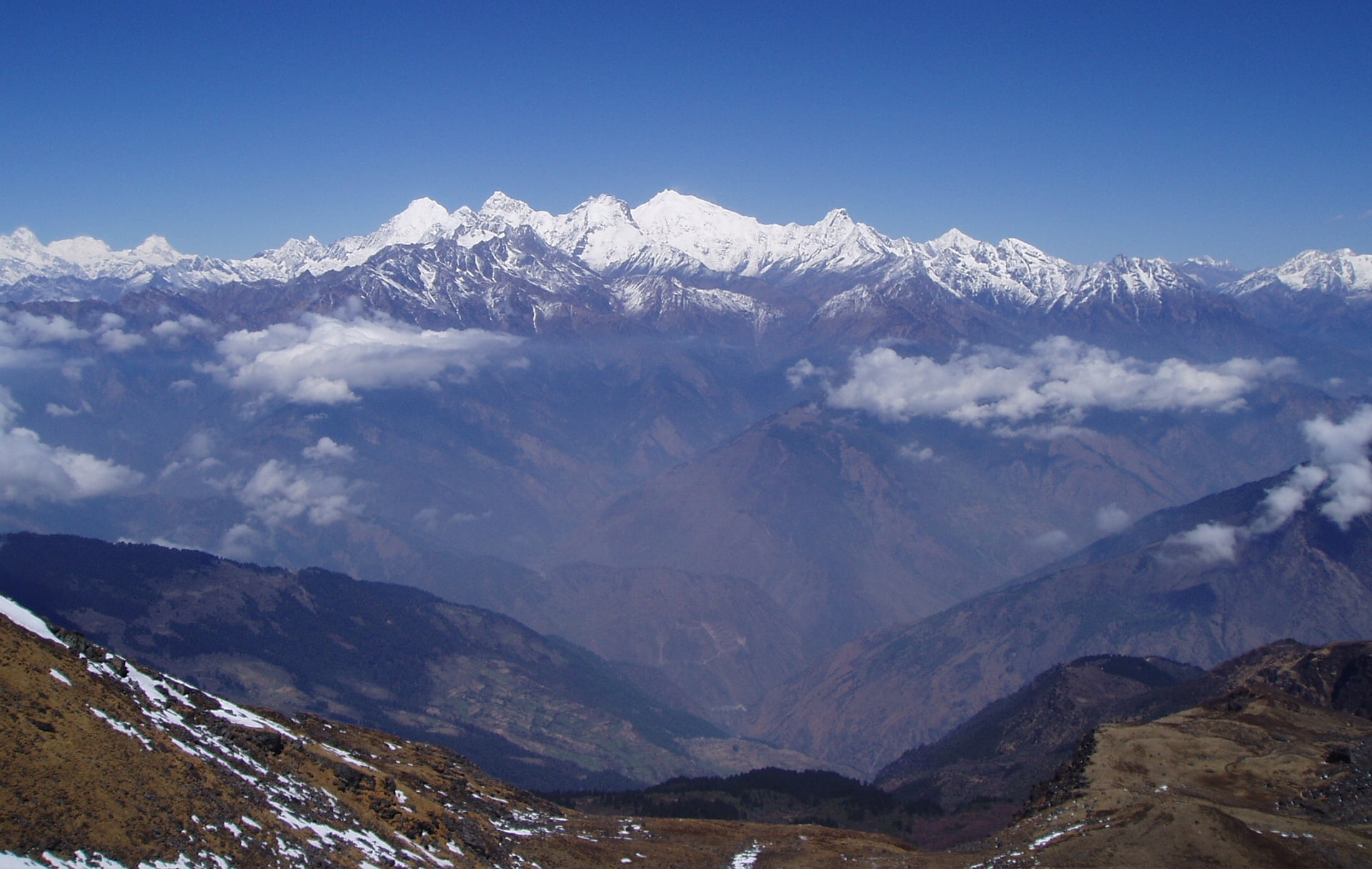Travel Information Nepal
Nepal Visa
Travel information Nepal: All foreign travelers, except Indian nationals, require a visa to enter Nepal. Visas can be obtained on arrival at Tribhuvan International Airport in Kathmandu & Bhairahawa and at designated land border entry points. Alternatively, visas can also be obtained in advance from Nepalese embassies or consulates abroad. [More details »»]
Permits (Trekking & Special Area Permits)
For popular trekking regions like Annapurna, Langtang, and Everest, no special permits are required. However, you must pay the applicable National Park or Conservation Area entry fees » For more details, visit by region.»
Trekking in restricted regions—such as Upper Mustang, Manaslu, Tsum Valley, Nar Phu, and Dolpo—requires a Restricted Area Permit (RAP). These permits typically range from USD $100 to $500 per week, depending on the region.
Restricted Area Permits are only issued through registered trekking agencies, and some regions may require a minimum of two trekkers. These permits are valid only for specific routes and do not permit travel beyond the designated areas.
Medical Advice, Altitude & Insurance
From altitude sickness to what to pack in your medical kit—here’s what every traveler to Nepal should know [More details »»]
When is the best time to visit Nepal?
The best time to visit Nepal is during the spring (March to May) and autumn (September to November) seasons.
Getting around Nepal
Several airlines offer domestic air services to different parts of Nepal. But flights are relatively expensive compared to Public buses. There are public bus services connecting different cities, but they are uncomfortable and time-consuming. For more comfort, there are luxury tourist coach services that run between popular cities such as Kathmandu, Chitwan, and Pokhara.
There are no trains and no drive-yourself rental cars in Nepal, but you can hire a car with a driver. Local transport in the Kathmandu Valley and around Pokhara includes taxis, buses, microbuses, tempos (three-wheelers), bicycle rickshaws, and bicycles.
Currency & Foreign Exchange
The official currency of Nepal is the Nepalese Rupee (NPR). Major foreign currencies such as USD, EUR, GBP, CHF, and AUD can be exchanged at licensed money changers found in major cities and tourist areas.
ATMs are widely available in Kathmandu, Pokhara, and other major towns. However, if you’re trekking, be sure to carry enough local currency in small denominations, as ATMs and exchange services are not available in remote areas.
Tipping in Nepal
Tipping is not mandatory in Nepal, but it is appreciated and has become customary in the tourism and service sectors. For guides, porters, drivers, and support staff on treks or tours, tips are a way to show appreciation for their service.
In restaurants and hotels, a 10% service charge is often included in the bill. If not, a small tip of 10% is appreciated for good service. For drivers and guides on day tours, a tip of around $5–10 per day is typical. On multi-day treks, trekkers often collectively tip guides and porters at the end of the journey—amounts vary based on group size, duration, and satisfaction with service. Tipping is always at your discretion and should reflect the level of service and your experience.
Communication & Internet
SIM cards with data are easily available at the airports or in major towns. Wi-Fi is widely accessible in hotels and cafes in cities. Remote trekking areas may have limited or no internet.
Electricity & Plugs
Nepal uses 220V with types C, D, and M plugs (most newer hotels and establishment uses universal ports). Power outages can occur, so carrying a power bank or solar charger is useful, especially during treks.
Cultural Etiquette
- Dress modestly, especially when visiting religious sites.
- Remove shoes before entering temples or homes.
- Use both hands or the right hand when giving or receiving items.
- Ask for permission before taking photos of people.
- Some Hindu temples are strictly for Hindus only.
Languages in Nepal
Nepali is the official language of Nepal, widely spoken throughout the country. It’s a straightforward language to learn and offers a great way to connect with locals. English is also commonly spoken, especially in tourist areas and larger cities.
Nepal is home to many ethnic groups, each with their distinct languages, such as Newari, Tamang, Sherpa, and Gurung. In the southern Terai region, languages like Hindi and Maithili are frequently spoken.
One of the best ways to connect with the locals is by learning a simple greeting: “Namaste,” meaning “I salute the god in you.” It’s used to say hello, goodbye, or simply to show respect, with hands pressed together at your chest.


